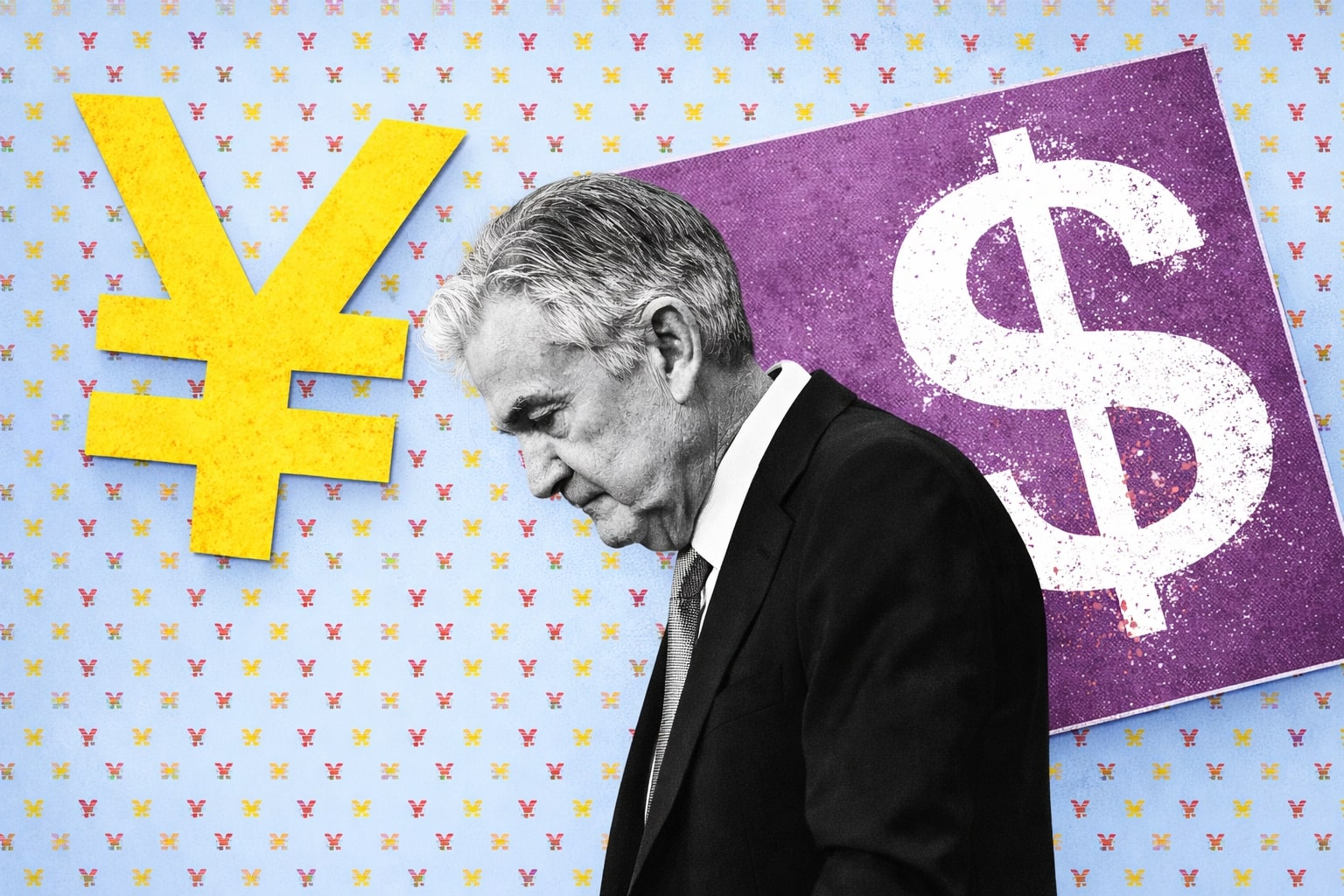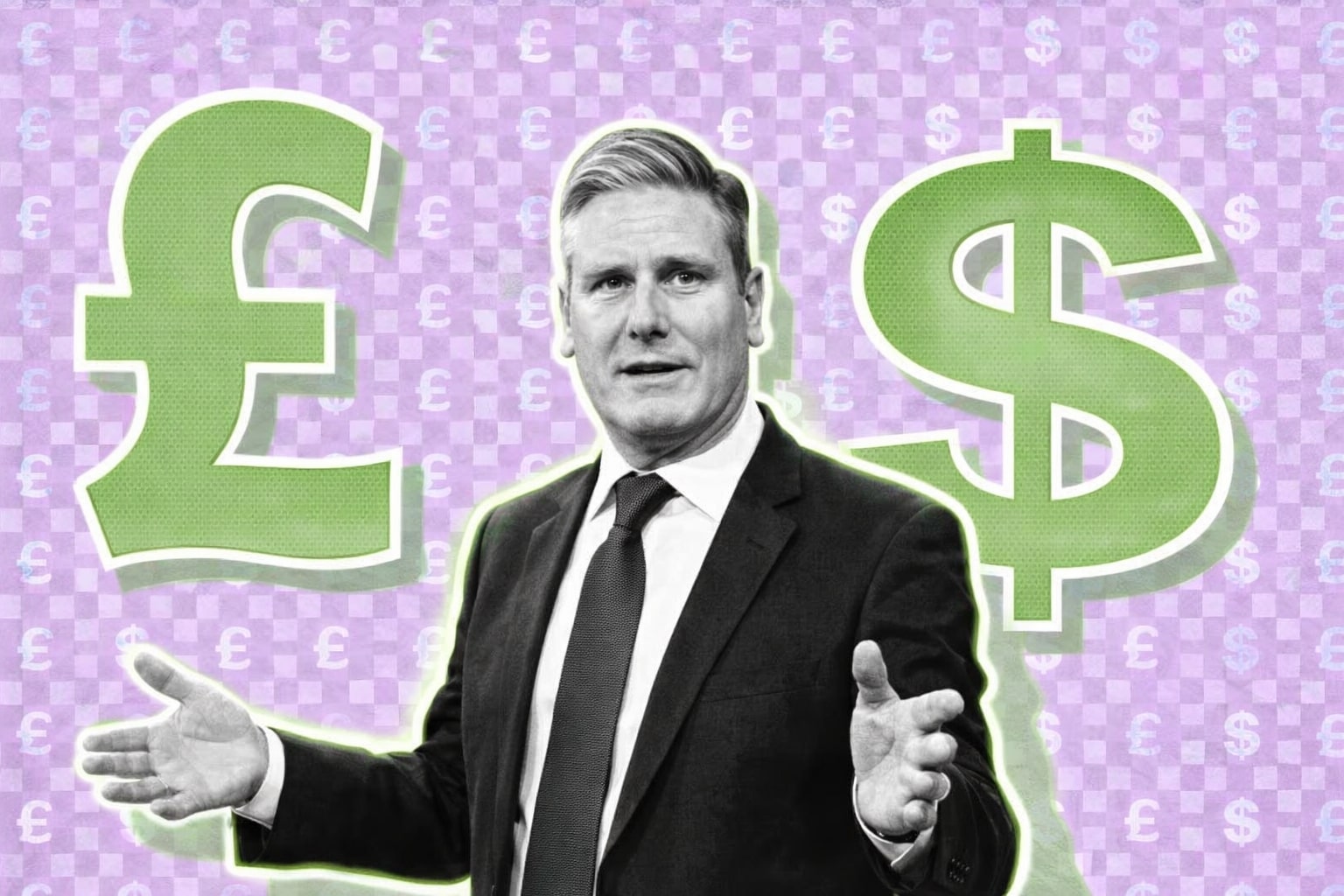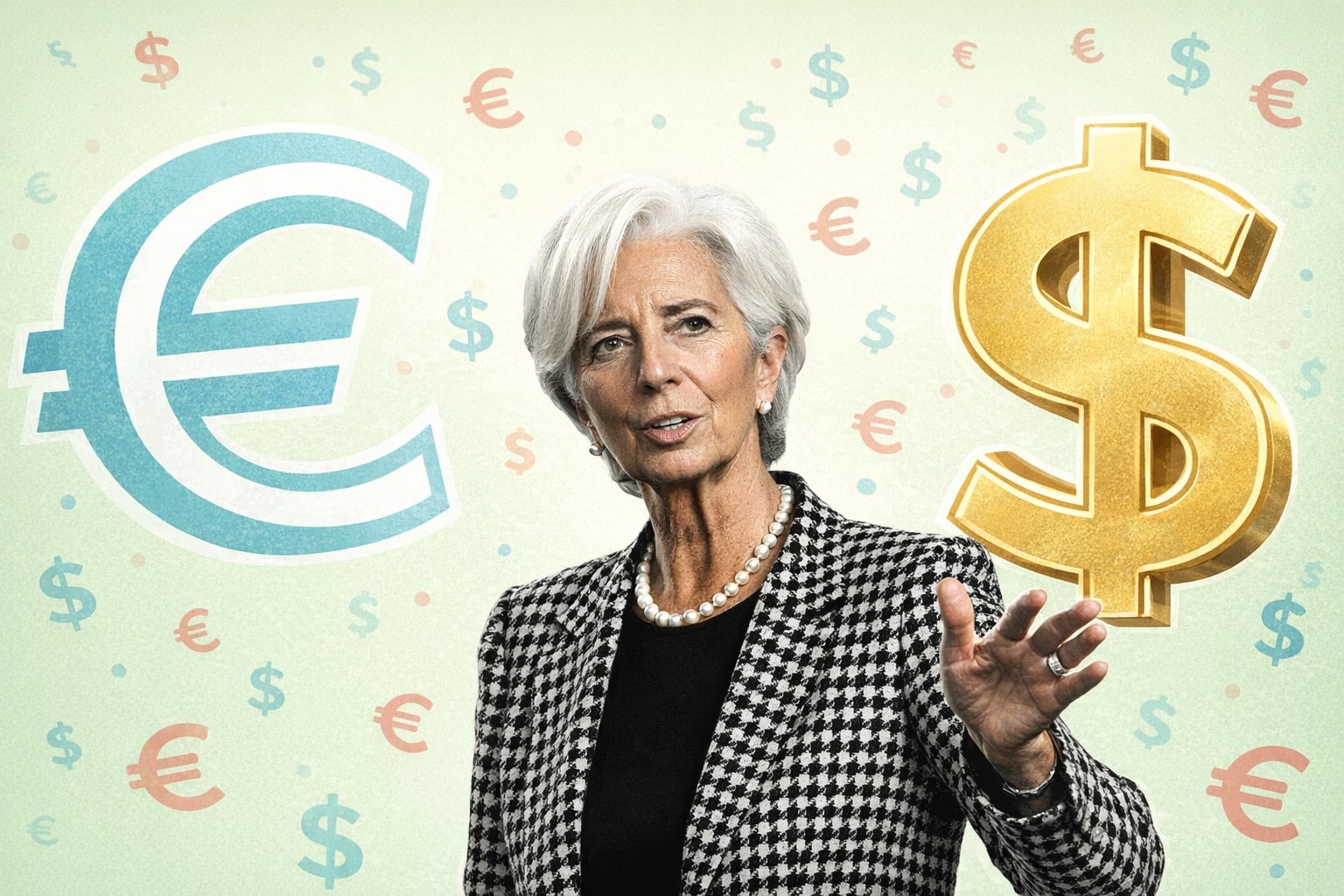EUR/USD Holds Support Amid Weaker US Dollar and Market Sentiment Shifts
German ZEW Economic Sentiment Declines, While Fed Rate Hike Expectations Support USD
The EUR/USD currency pair has been trading near the lower limit of the ascending regression channel, situated around 1.0970. As the pair stabilizes within this channel, 1.1000, which is the 20-period Simple Moving Average (SMA) on the four-hour chart and a psychological level, stands as immediate resistance. Beyond that, 1.1030 (mid-point of the channel) and 1.1070 (end-point of the latest uptrend) follow.
On the downside, 1.0950, which consists of the 50-period SMA and the Fibonacci 23.6% retracement of the latest uptrend, forms interim support. The next levels of support are at 1.0900 (100-period SMA, static level, psychological level) and 1.0860 (Fibonacci 38.2% retracement).
The US dollar has continued its upward movement from Friday, supported by increasing expectations that the Fed will raise interest rates by 25 basis points at its next meeting. The rate-sensitive two-year yield now stands at 4.12%, up nearly 60 basis points from its March 24 low, while the benchmark US 10-year yield is trading at 3.52%, up 30 basis points from its recent multi-month low.
This week's economic calendar is relatively light, featuring only a few high-importance US and Euro Area releases. Tomorrow's Chinese Q1 GDP reading may have a significant impact on price action if the expected rate of 4% is missed or exceeded. The reopening of the Chinese economy has been a major driver of positive sentiment in 2023. ECB President Christine Lagarde's speech later in today's session may introduce short-term volatility for the single currency.
Currently, EUR/USD is trading in a tight range around 1.0975, with little to significantly move the market. The pair is one point away from Friday's multi-month high print and remains supported by all three moving averages and a series of higher lows and higher highs. Recent lows above 1.0900 should hold in the short-term.
Retail trader data shows that 38.09% of traders are net-long, with a ratio of traders short to long at 1.63 to 1. The number of traders net-long is 13.34% higher than yesterday and 7.63% lower from last week, while the number of traders net-short is 3.08% lower than yesterday and 4.72% higher from last week.
As contrarians, we typically view crowd sentiment with skepticism. The fact that traders are net-short suggests that EUR/USD prices may continue to rise. Positioning is less net-short than yesterday but more net-short from last week. The combination of current sentiment and recent changes provides a mixed EUR/USD trading bias.
The latest German ZEW economic sentiment report reveals that optimism faded in April. The economic sentiment indicator fell to 4.1, missing expectations of 15.3 and last month's reading of 13. ZEW President Professor Achim Wambach attributes the decline to several factors, including experts' expectations of banks being more cautious in granting loans. Additionally, high inflation rates and internationally restrictive monetary policy weigh on the economy. On the bright side, the risk of an acute international financial market crisis appears to have been averted, with earnings expectations for banks and insurance companies improving compared to the previous month and returning to positive territory.
After falling about 170 pips (high-to-low) over the past two days, EUR/USD is now pushing higher and eyeing a re-test of the 1.1000 level. The US dollar is slightly weaker today after rallying on Monday due to higher US Treasury yields.
The EUR/USD technical setup remains positive, with the 20-day simple moving average (red line on the chart) providing short-term support, while the recent series of higher highs and higher lows continues for now. A multi-week cup and handle pattern is also still playing out. A confirmed break of 1.1000 will bring last Friday's multi-month high at 1.1076 back into focus. Support is seen in the 1.0900 to 1.0910 area.
EUR/USD retail trader data shows that 49.02% of traders are net-long, with a ratio of traders short to long at 1.04 to 1. The number of traders net-long is 38.26% higher than yesterday and 13.09% higher from last week, while the number of traders net-short is 11.53% lower than yesterday and 0.45% lower from last week.
As contrarians, we typically take a skeptical view of crowd sentiment. The fact that traders are net-short suggests that EUR/USD prices may continue to rise. However, traders are less net-short than yesterday and compared with last week. Recent changes in sentiment warn that the current EUR/USD price trend may soon reverse lower despite the fact traders remain net-short.
In the short-term, the 4-hour view suggests that while EUR is likely to decline further, oversold conditions mean a sustained drop below 1.0890 is unlikely. The major support at 1.0830 is not expected to come into view. Resistance is at 1.0950; a break above 1.0975 would indicate that EUR is not declining further.
Over the next 1-3 weeks, EUR is expected to trade with a downward bias but any decline should face solid support at 1.0830. At this stage, a clear break below 1.0830 seems unlikely. The downside bias is intact as long as EUR stays below the 'strong resistance' level, currently at 1.1025.
Read More
-
CGDV ETF at $44.17 Targets $52 as Dividend Value and AI Leaders Drive 2026 Upside
07.01.2026 · TradingNEWS ArchiveStocks
-
XRP ETFs XRPI and XRPR: $2.20 XRP and $1.6B Inflows Drive 2026’s Hottest Crypto Trade
07.01.2026 · TradingNEWS ArchiveCrypto
-
Natural Gas Price Forecast: NG=F Rebounds to $3.48 as Market Eyes EIA Storage Shock
07.01.2026 · TradingNEWS ArchiveCommodities
-
USD/JPY Price Forecast - USDJPY=X Holds 156.6 as BoJ Hawkish Shift Collides With Fed Cut Expectations
07.01.2026 · TradingNEWS ArchiveForex



















